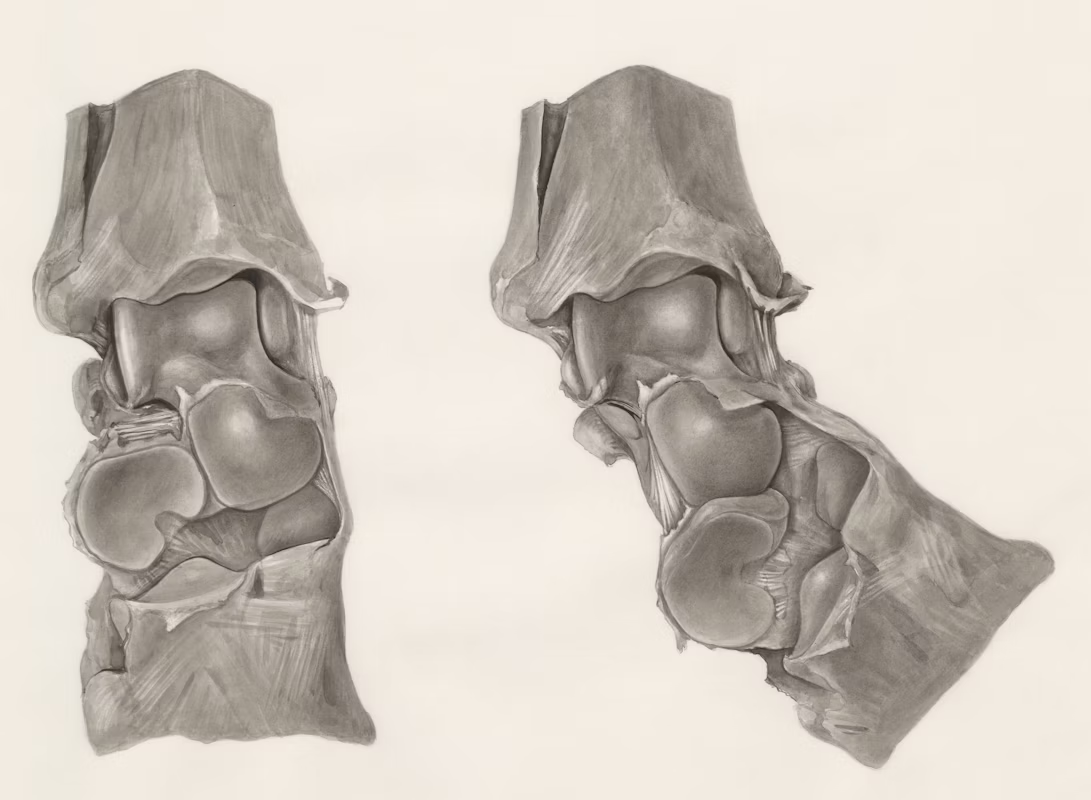
Minimally invasive spine surgery (MISS) has revolutionized the field of spinal surgery, offering patients less pain, faster recovery times, and a reduced risk of complications. As technology advances, the future of these procedures is evolving, making them more effective and accessible for a broader range of patients. In this article, we will explore the current state of minimally invasive spine procedures and their promising future.
The Rise of Minimally Invasive Spine Surgery
Minimally invasive spine surgery is a modern approach to treating spinal conditions with less disruption to the body compared to traditional open surgery. The process involves smaller incisions, advanced imaging techniques, and specialized tools that allow surgeons to treat spinal issues with precision. MISS techniques are commonly used to address conditions like herniated discs, spinal stenosis, and degenerative disc disease.
Unlike traditional spinal surgery, which often requires large incisions, MISS typically involves minor cuts that reduce muscle and tissue damage. This allows patients to experience significantly less pain, quicker healing, and fewer risks associated with infection and blood loss.
Technological Advances Driving Innovation
The future of minimally invasive spine surgery is closely tied to the rapid advancements in technology. One of the most significant developments is the improvement in surgical tools. Robotic-assisted surgery, for example, offers greater precision and control, enabling surgeons to perform even the most complex procedures with enhanced accuracy and precision. The use of robots also enables more consistent results, thereby reducing the likelihood of human error.
Additionally, advancements in imaging technology, such as intraoperative CT scans and 3D imaging, are transforming the way surgeons view and plan surgeries. These technologies provide real-time, detailed views of the spine, enabling more informed decision-making and more efficient procedures.
Improved Patient Outcomes and Recovery
One of the most notable benefits of minimally invasive spine surgery is the improved recovery times. Traditional spine surgeries often require patients to stay in the hospital for several days, followed by weeks or even months of recovery at home. In contrast, many minimally invasive procedures can be performed on an outpatient basis, allowing patients to return home the same day.
This accelerated recovery process is not only beneficial for patients but also for healthcare providers. Shorter hospital stays and faster recoveries help reduce healthcare costs, which is crucial in the ever-evolving healthcare landscape. Moreover, patients are less likely to experience complications such as infections or blood clots, which are more common in traditional surgeries.
Expanded Applications for Minimally Invasive Spine Procedures
As the techniques and technology behind minimally invasive spine surgery continue to improve, their applications are expanding. Surgeons can now treat a broader range of spinal conditions that were once considered too complex for minimally invasive methods.
For instance, spinal fusion, which was traditionally a complex and invasive procedure, is now being performed using minimally invasive techniques. This has enabled quicker recovery times and reduced the risk of complications. Additionally, conditions such as scoliosis and spinal tumors, which were once treated with open surgery, are now being addressed with minimally invasive approaches.
Another area where MISS is making a significant impact is in the treatment of degenerative disc disease. With the advancement of artificial disc technology, surgeons can now replace damaged discs with artificial ones using minimally invasive techniques. This approach not only offers a more comfortable recovery but also has the potential to provide longer-lasting relief for patients.
The Future of Training and Education in MISS
As minimally invasive spine surgery becomes more widespread, there is a growing need for surgeons to receive specialized training in these advanced techniques. The future of MISS will rely heavily on ensuring that healthcare providers are equipped with the necessary skills and knowledge to perform these procedures effectively.
Medical schools and hospitals are beginning to integrate MISS into their curricula and training programs. With the rise of virtual reality (VR) and simulation technology, aspiring surgeons can now practice performing minimally invasive procedures in a controlled, virtual environment. These tools enable hands-on experience without the risks associated with traditional surgery, providing a safe and effective way to enhance surgical skills.
Challenges and Considerations
Despite its many advantages, minimally invasive spine surgery is not without its challenges. One of the main obstacles is the steep learning curve associated with the techniques. Surgeons must undergo extensive training to master the tools and methods required for these procedures. Additionally, while the technology continues to improve, it remains costly, and access to these cutting-edge tools may be limited in certain regions.
Another challenge is the need for careful patient selection. Not every patient is a candidate for minimally invasive spine surgery. Factors such as the severity of the spinal condition, the patient’s overall health, and the location of the problem must all be taken into account. Surgeons must carefully evaluate each case to determine the most appropriate treatment approach.
The Road Ahead: A Bright Future for MISS
The future of minimally invasive spine procedures is auspicious. With continued advancements in technology, such as AI-driven surgery, robotic assistance, and better imaging systems, we can expect to see even more precise and effective treatments for spinal conditions. These innovations will make spine surgery safer, faster, and more accessible to a broader range of patients.
As the field grows, so will the number of patients who benefit from these procedures. The ability to treat a broader array of spinal conditions with less risk and quicker recovery will undoubtedly improve the quality of life for millions of people worldwide. The future of spine surgery is indeed bright, with minimally invasive techniques at the forefront of this transformation.
The evolution of minimally invasive spine procedures marks an exciting time for both patients and healthcare professionals. As technology advances and new techniques emerge, the future promises not only more effective treatments but also a more accessible and patient-friendly approach to spine surgery.